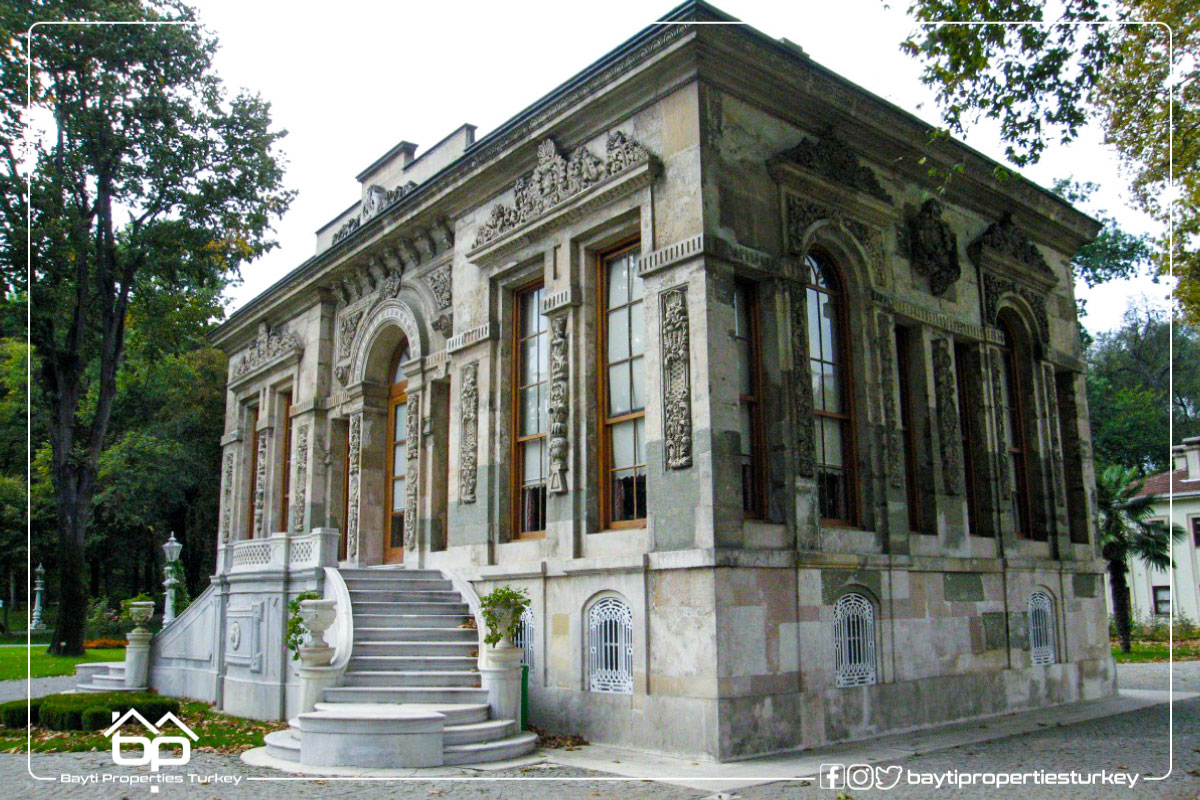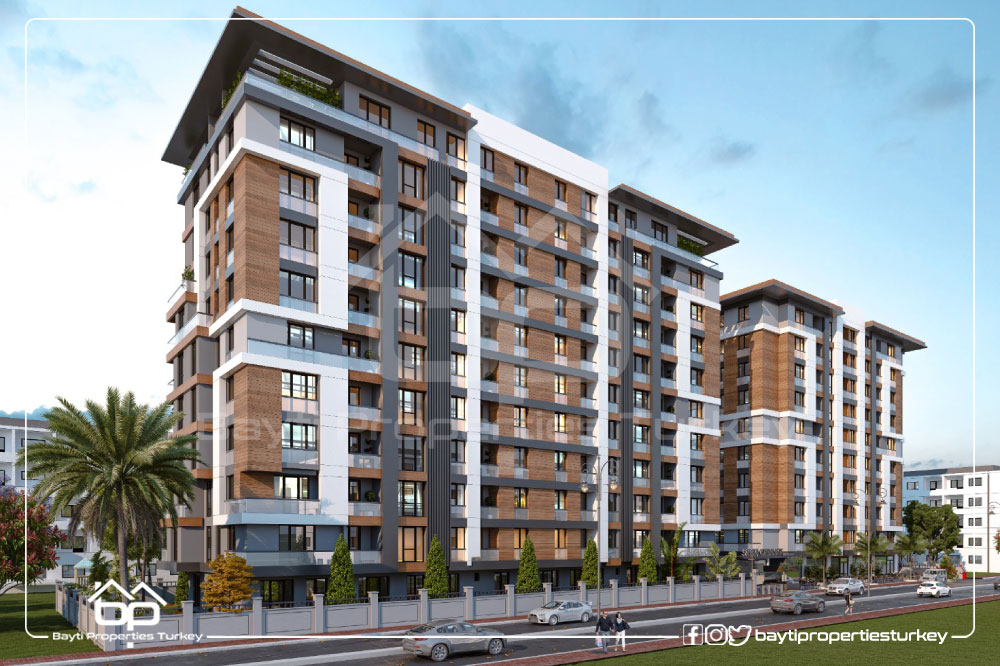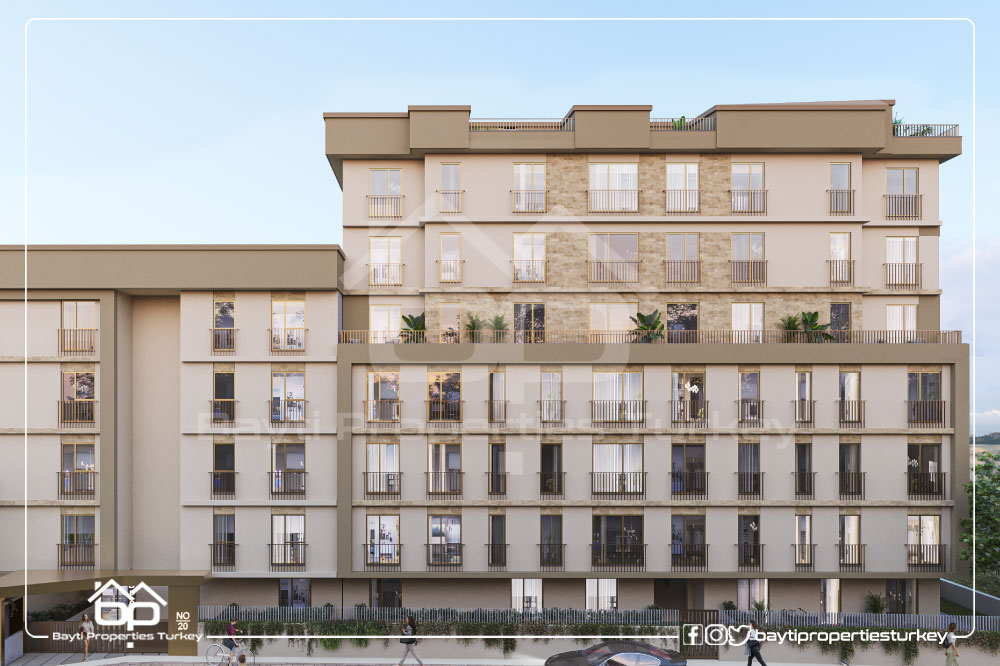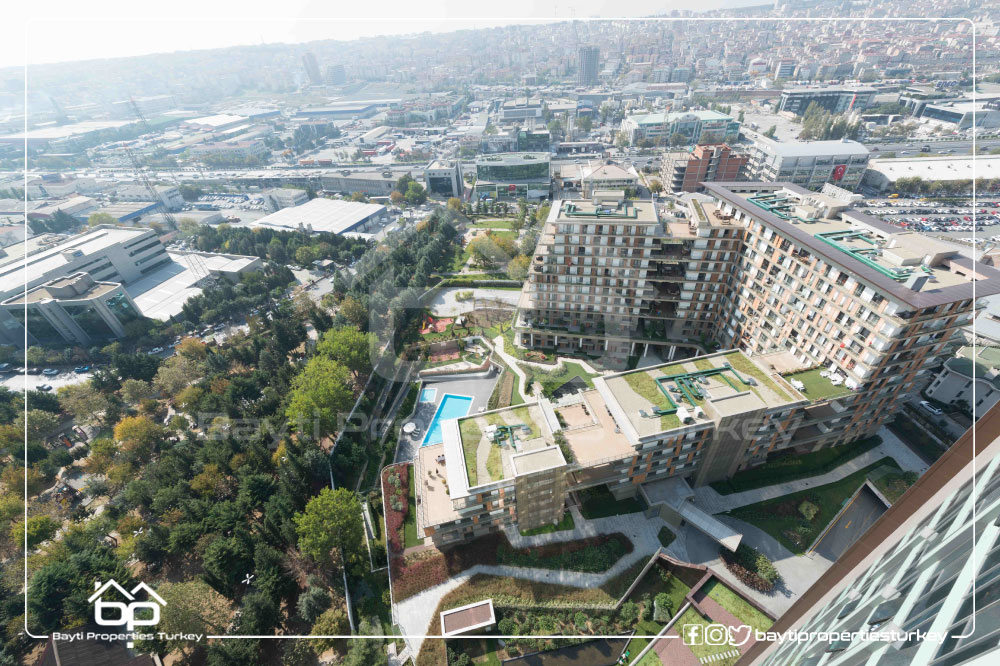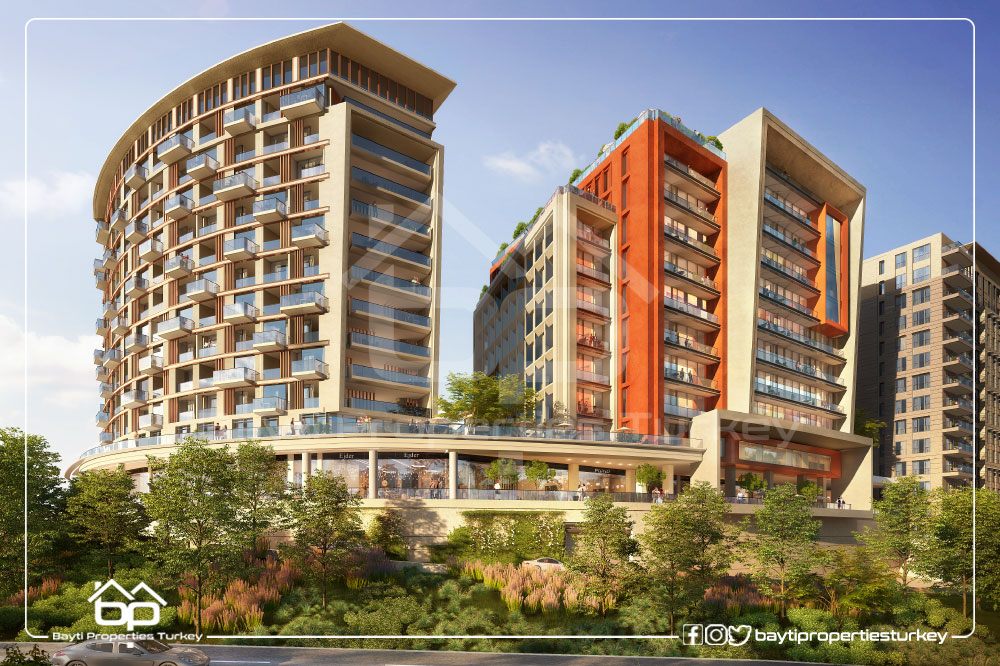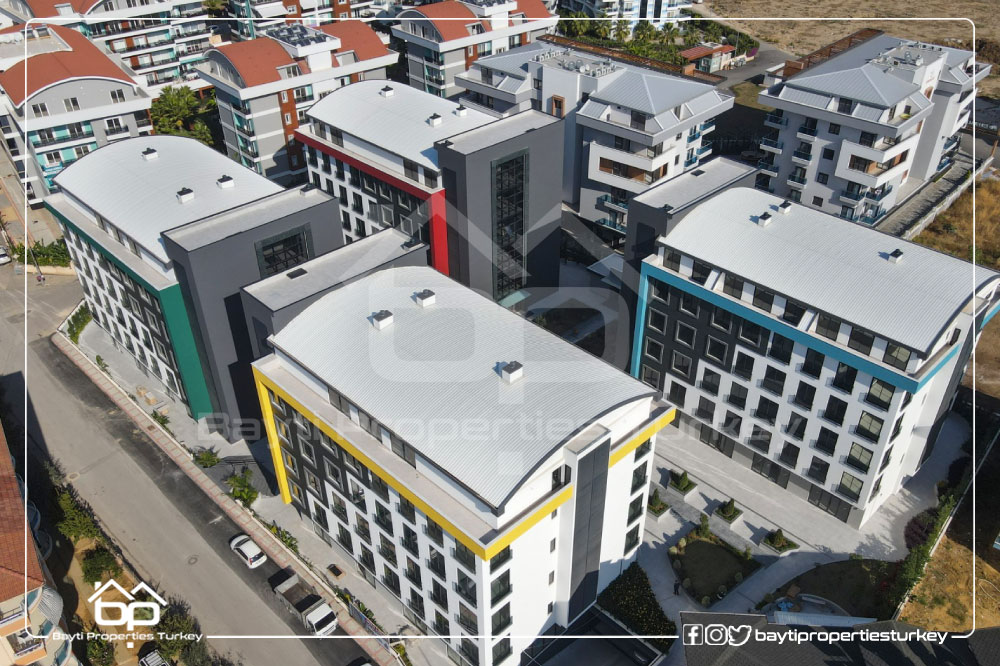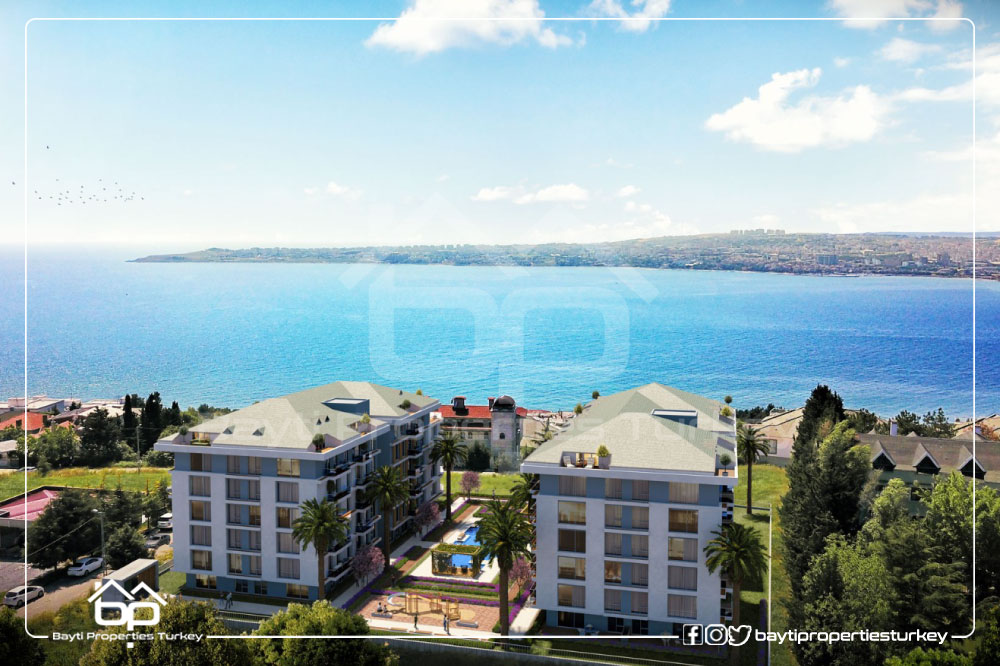Ihlamur Palaces in Istanbul
The Turkish city of Istanbul occupies a strategic location in Turkey. It is located to the northwest of the Marmara region. It is characterized by a wide geographical diversity resulting from its huge area of 1,850 square km, in addition to its location in both the Asian and European continents, and it embraces beautiful landscapes such as forests and green spaces. The vast seas and waterways, Istanbul is also characterized by its historical diversity, as many civilizations have alternated between it, starting from the Byzantine state to the Ottoman Empire
All this made it a destination for tourism in Turkey to enjoy the captivating nature and the magnificent palaces, and perhaps the most important of them, the Ihlamur Palaces.
Ihlamur Sarayı
The “Ihlamur” palaces are located between the “Ihlamur” valley and the “Besiktas” area in the Nisantasi district of European Istanbul, and it is one of the first tourist destinations in Istanbul and can be reached either by public transport buses, metro or taxi.
The palace (Ihlamur) was named after the densely scattered linden trees in it, and it is considered one of the most beautiful and magnificent palaces in Paris, Istanbul (Nisantasi) at all. The palaces were built in the middle of the nineteenth century AD during the reign of Sultan Abdul Majeed, after he settled in Nisantasi, specifically in the Teşvikiye area.
As for the private park of the palace, which is famous for the fragrant smell of linden, it dates back to the eighteenth century, when it was a park for one of the arsenal trustees and was called (Hacı Hüseyin Bağları Park) and after a while it was converted into a private garden for Sultan Ahmet III.
Sections of the palace
The area of the palace with its land is estimated at 4,724 square meters. The palaces were built in the form of two buildings. The first building is the main building and is dedicated to ceremonies. The tourist can see within its front facade a staircase designed in the Baroque style, which is the style adopted for all Ottoman edifices. It is characterized by a unique architecture. Inside the palace, there is an entrance hall, and two rooms. As for the palace furnishings, they are of European style.
As for the second building, it is dedicated to the Sultan’s procession, which was the property of the ruling family. It contains a room distributed in corners and has a different colored marble appearance.
At this time, the Sultan’s section has been transformed into a winter cafeteria, as for the square in the palace garden, it has become a summer cafeteria, and finally, the ceremony section is open throughout the year as a museum for visitors and tourists and hosts national and international concerts and talent programs for children.
As for the Maiyet Kiosk building within the palace, it was used by the Sultan and his family. It is a more traditional and less decorated building compared to the rest of the palace. It was converted into a winter cafeteria. As for the garden and the square within it, it became a summer cafeteria, in addition to transforming the entire palace into a museum that receives visitors and tourists.

